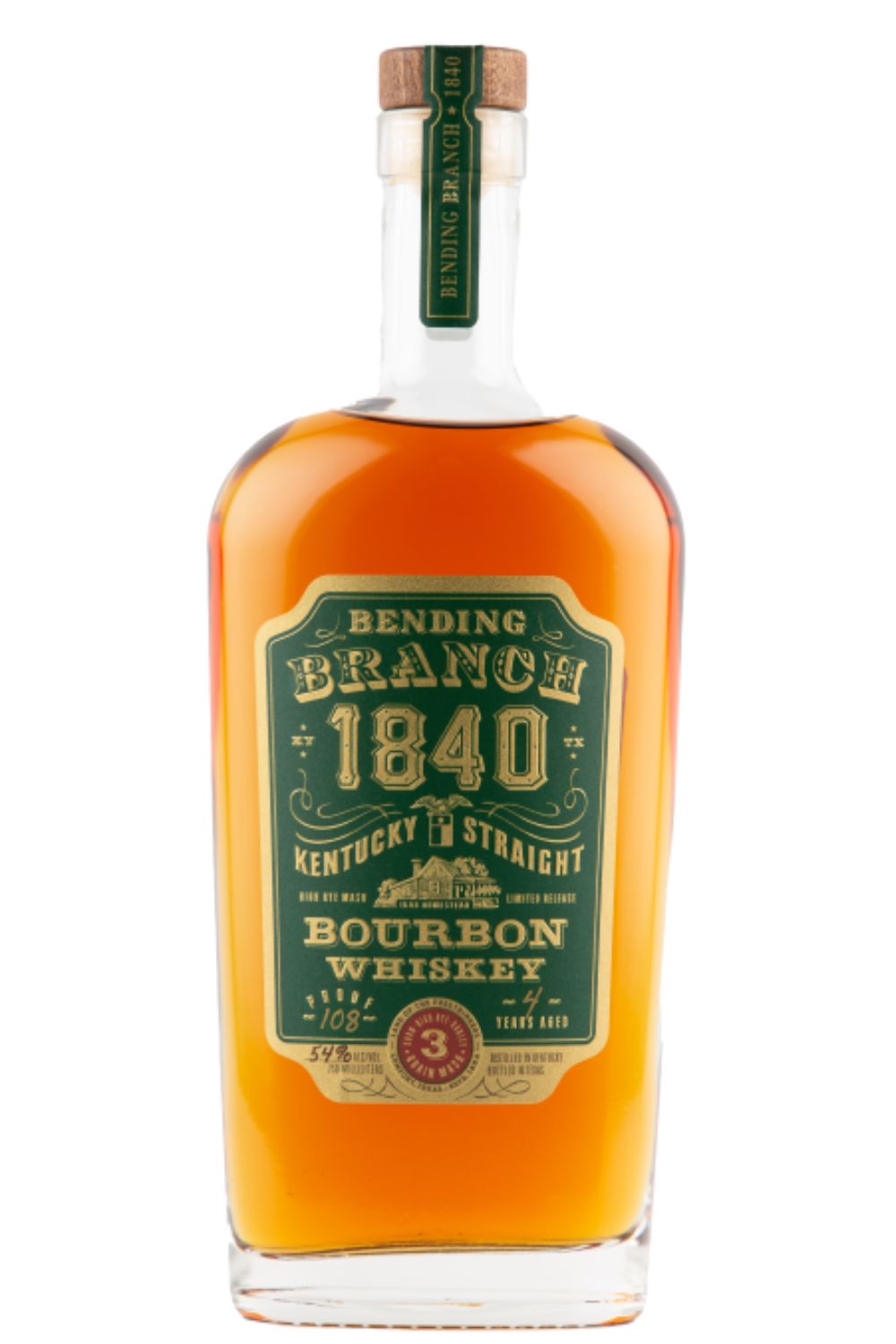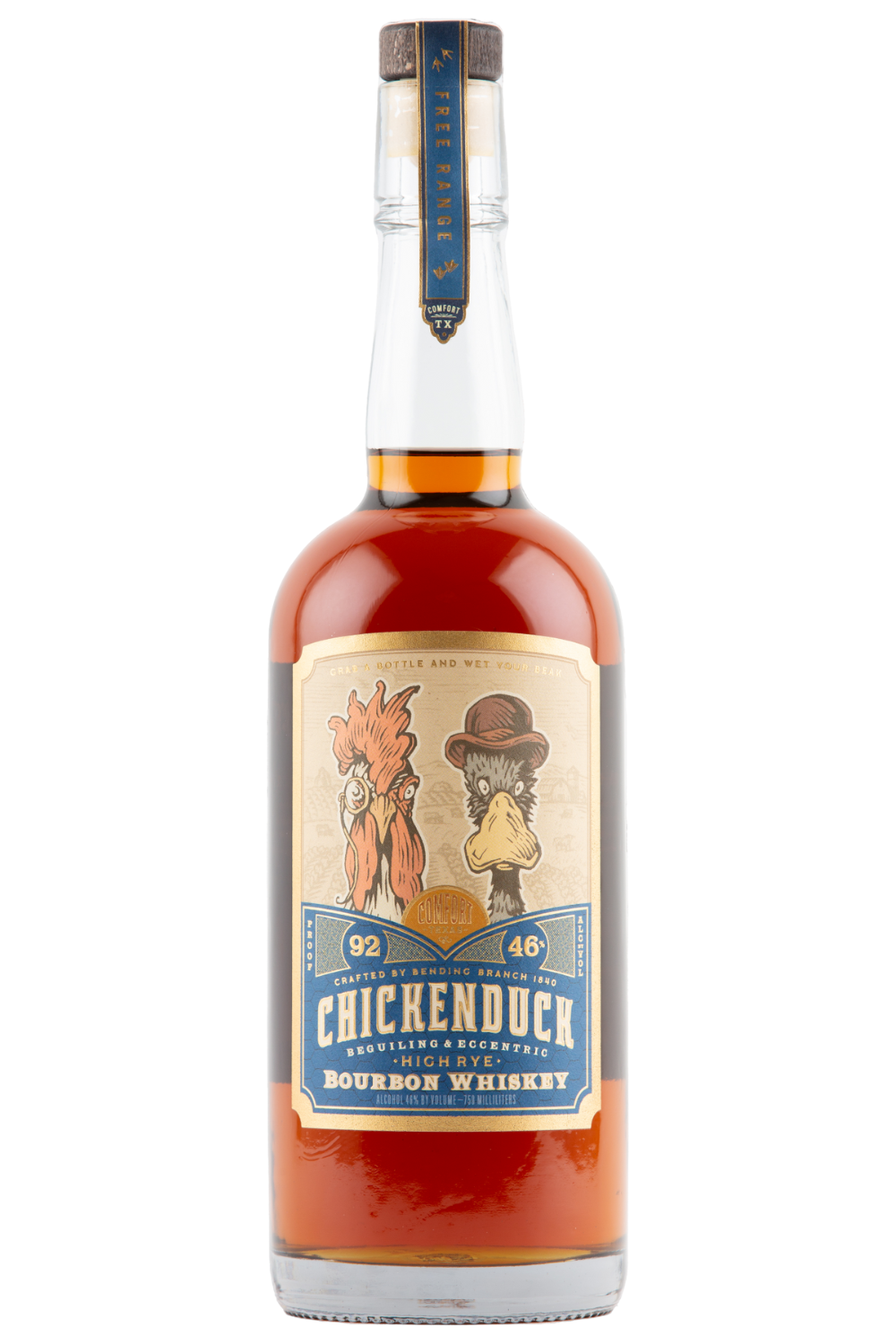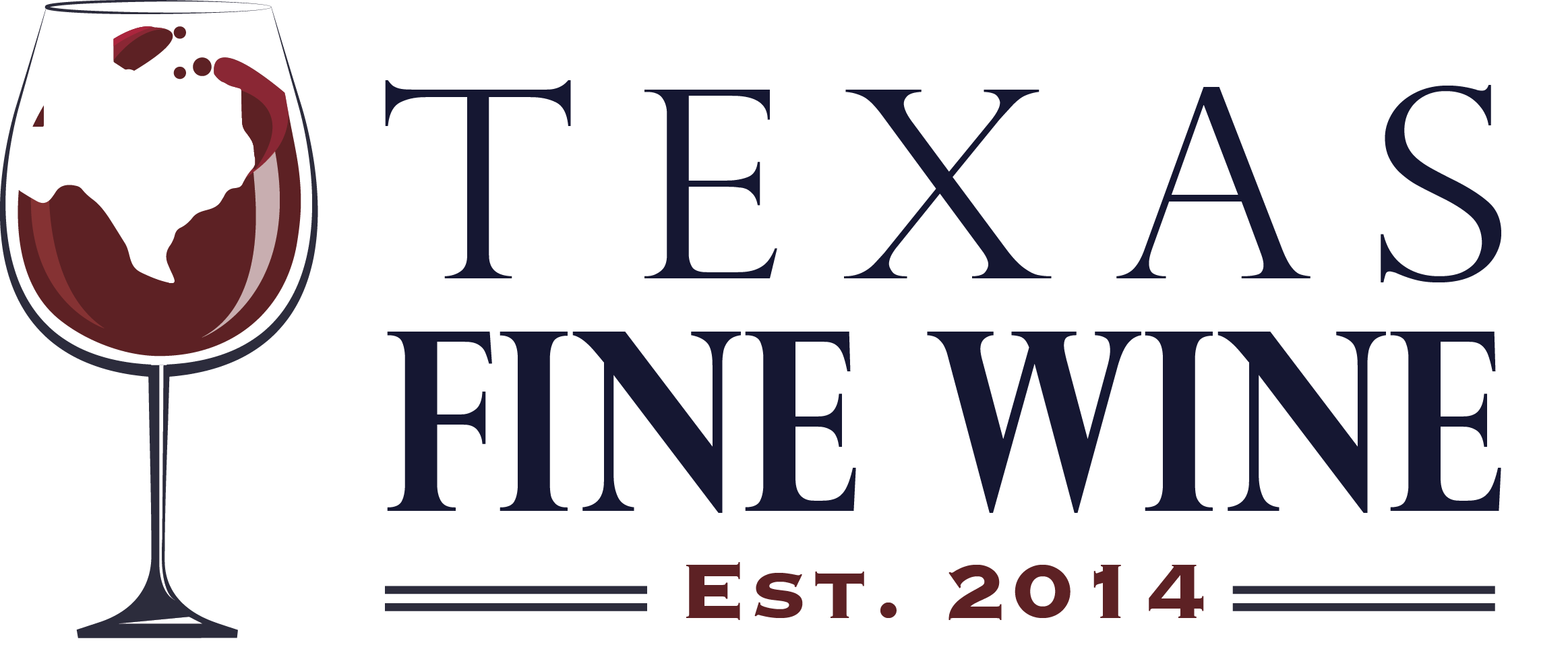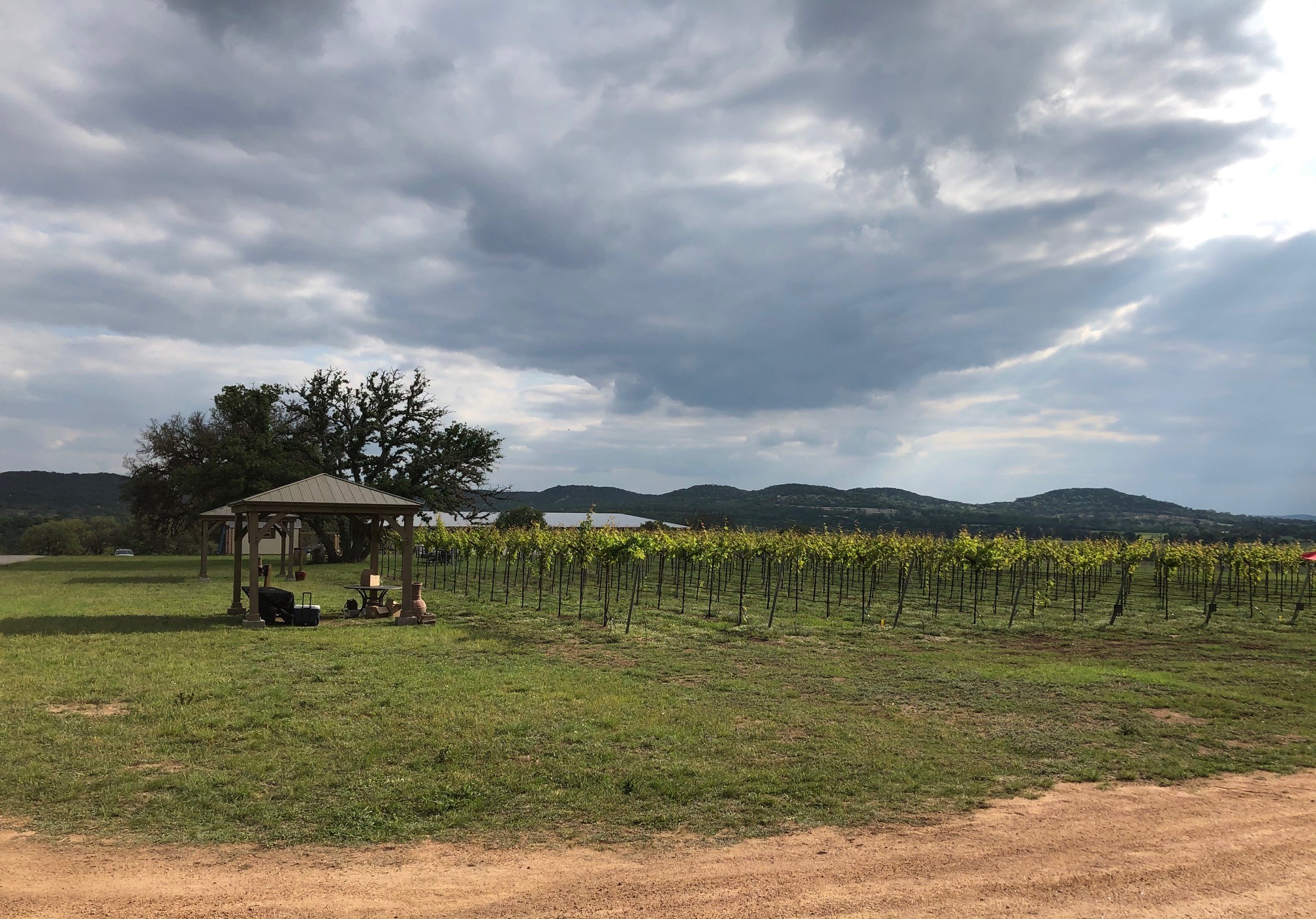
Shy and reserved? Hardly! When it comes to Texas Fine Wine, you can count on lively discussions about all things Texas wine. We thought we would share some key takeaways and insights from recent events and tastings that shed light on where the Texas wine industry has been and where it’s going.
This is the first of a two-part blog!
The Love for Tannat
No doubt, Bending Branch Winery, the Tannat House of Texas, believes in Tannat as a red grape for Texas because this grape that originates from the Madiran AOC in Southwest France loves the Texas heat and makes big, bold red wines. We also see a terrific future for Petite Sirah as a varietal wine, because it produces dark, luscious fruit, and it grows well in the Texas Hill Country and the Texas High Plains. – Dr. Bob Young, Bending Branch Winery
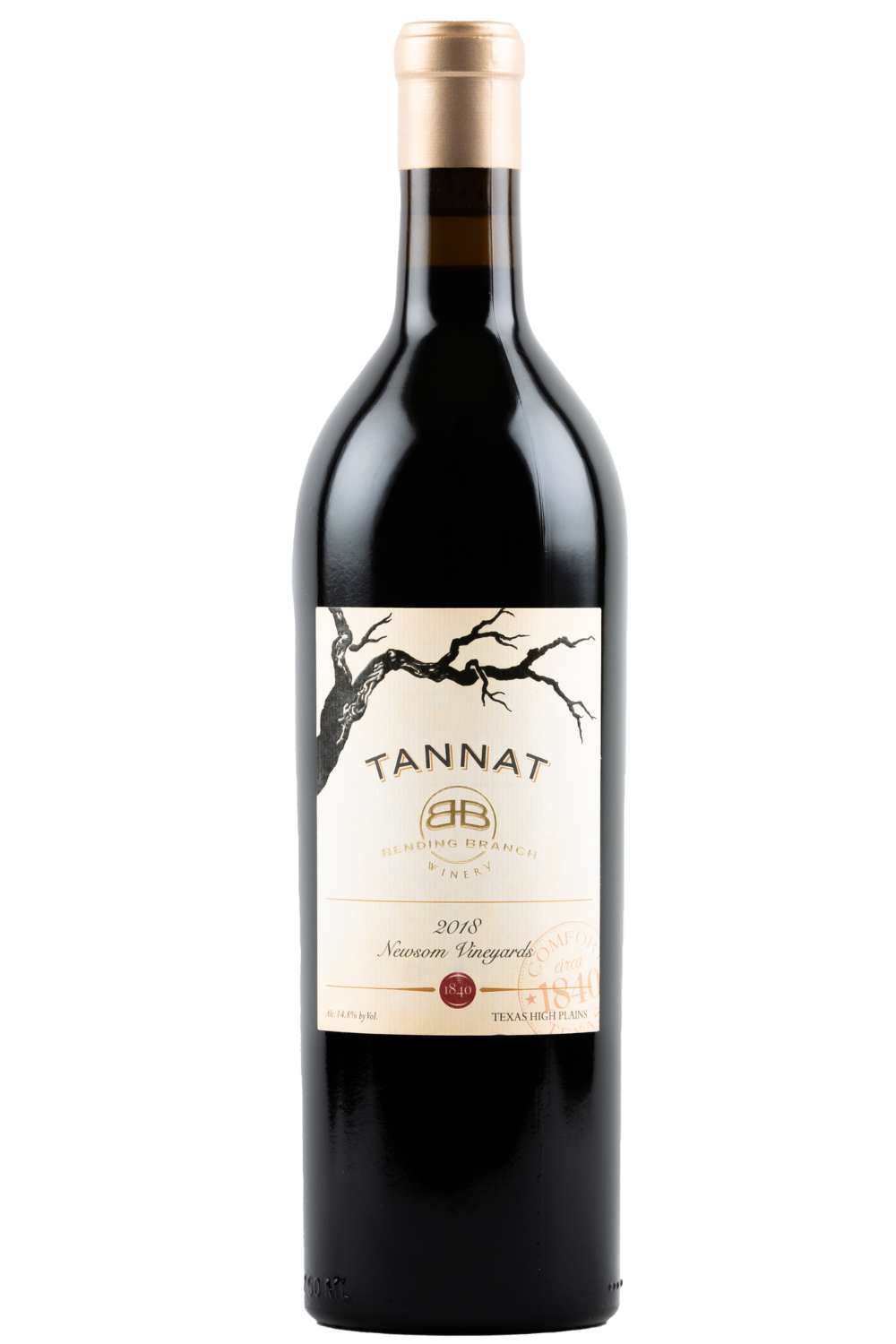
The Love for Aglianico
No matter the weather extremes, Aglianico – which hails from Campania in Southern Italy – offers a consistent profile. It ripens late, holds its acidity and seems to get better vintage after vintage. It’s the perfect combination of fruit and savory notes, firm structure and tannins. – Dave Reilly, Duchman Family Winery

The Love for Tempranillo
Despite vintage and weather variations, Tempranillo is such a versatile grape. It’s malleable, flexible and easy to work with. Cab and Merlot need long hang time so weather issues can be problematic. We usually harvest Tempranillo by the start of September. And as a grape, Tempranillo really expresses the vintage and vineyard it comes from – our Tempranillo from Dutton Vineyards is more black fruit driven, while Friesen Vineyards’ fruit has more red berry and plum notes.– Ron Yates, Spicewood Vineyards

We’ve been making Tempranillo from both Texas Hill Country and Texas High Plains fruit and often blend the two to take advantage of the fresh fruit notes from the High Plains and the structure, earth and savory notes of Hill Country fruit. The harvest dictates if we will make a varietal Tempranillo or blend; we find blending allows us to bring more typicity to the wine or add more acidity to help with aging. – David Kuhlken, Pedernales Cellars

Texas vs Spanish Tempranillos
Texas Tempranillo sees more vintage variation that its Spanish counterpart. Texas Hill Country fruit expresses like the Duero and Toro while Texas High Plains fruit is closer in style to Rioja Crianza with fresh, bright fruit. – Ron Yates, Spicewood Vineyards

Yes, Texas Can Make Great Cabernet
Always a believer, Bending Branch Winery has been making Cabernet since 2010. In 2010, Dr. Bob was able to secure a grape contract from Neal Newsom, and the grapes from that harvest underwent Cryo-Maceration. That wine went on to win Double Gold at the 2013 San Francisco International Wine Competition, a first for a Texas Cabernet Sauvignon. Newsom Vineyards is in a cooler geographic location from most Texas High Plains Vineyards, making it a good climate for Cabernet Sauvignon – Dr. Bob Young

“I like to do things people say you can’t do.” Ron Yates, who admits Cabernet is very site specific. He started to get Cabernet fruit from Friesen Vineyards in 2015, most recently used to make a Left Bank Bordeaux-style wine called The Independence, which won Double Gold at the San Antonio Rodeo and Gold at the Houston Rodeo Uncorked! competitions and Gold at the Jefferson Cup. – Ron Yates, Spicewood Vineyards

Texans Like Bourbon, Too
With the Young Family’s Kentucky roots, it’s no surprise that Bending Branch would be among the first Texas wineries to offer bourbon. Known for its spirit of innovation and passion for quality, Bending Branch just launched its new Bending Branch 1840 and ChickenDuck bourbons. Bending Branch 1840 is Kentucky Straight bourbon aged in Texas and ChickenDuck is 100% aged in Texas.– Dr. Bob Young, Bending Branch Winery
